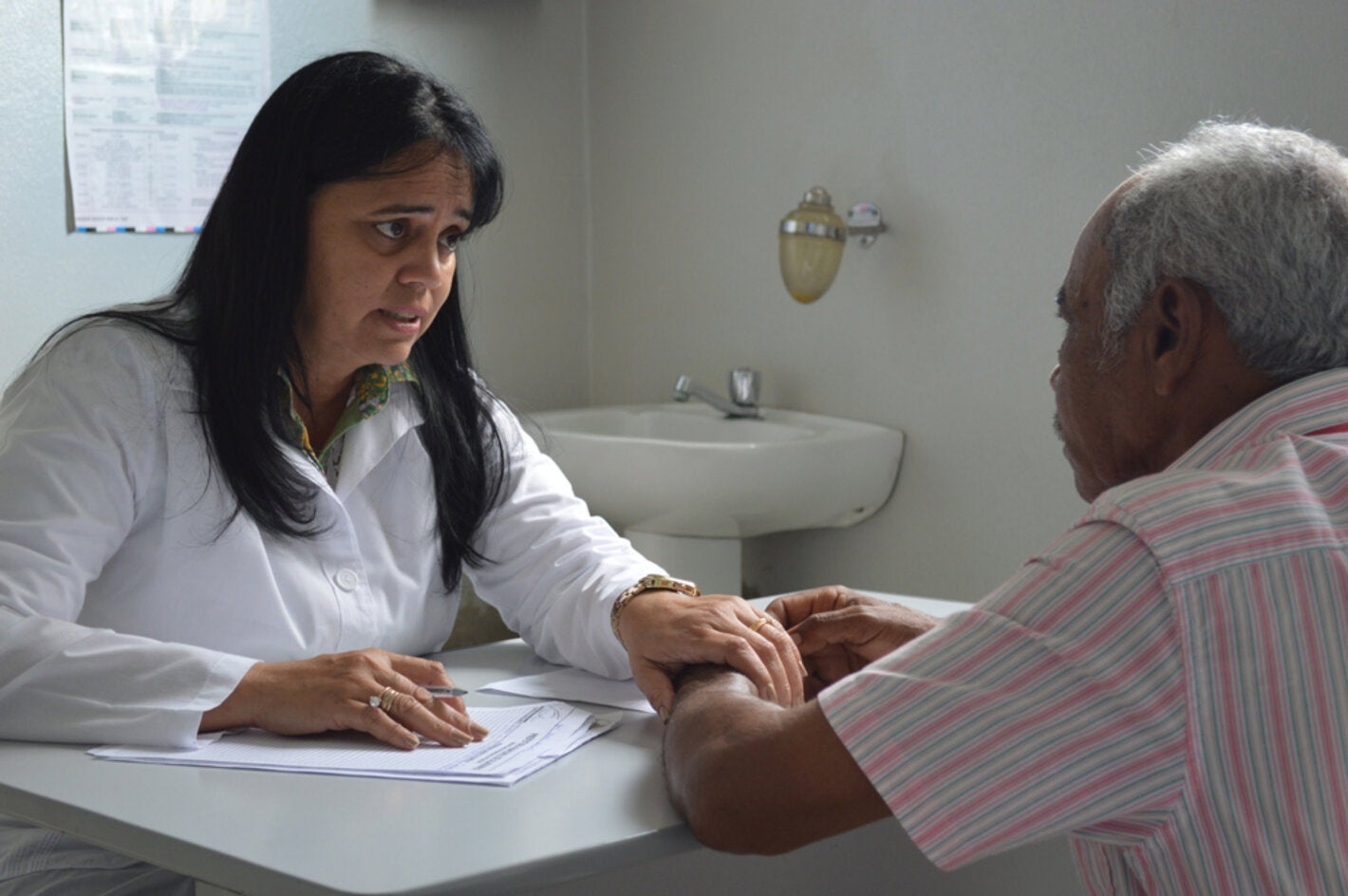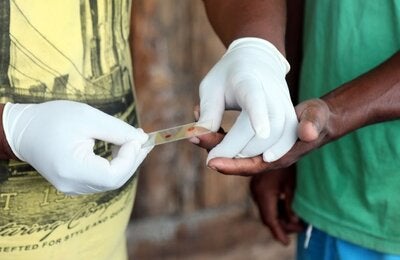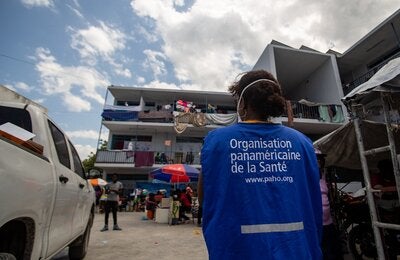
Washington, D.C., 30 January 2018 (PAHO/WHO)- Fifty years ago, a diagnosis of childhood leukemia was virtually a death sentence, and thousands of children lost their lives in the absence of a treatment or a cure for the disease. But after years of scientific research--involving many of those same patients-treatments are now available and the vast majority of children with childhood leukemia today survive.
"Doing research is the only way to discover the cure for a disease or the solution to a health problem," said Carla Saenz, regional advisor on bioethics of the Pan American Health Organization/World Health Organization (PAHO/WHO). "But the research is not done by researchers alone; it requires the generous contribution of people as participants. So we have an obligation to ensure they are always treated ethically."
All research that involves people must be reviewed and approved in advance by a committee that ensures that the proposed research is ethical. But it is not always easy to determine what it means to treat people who participate in research in an ethical way, especially in low-resource settings.
The Council for International Organizations of Medical Sciences (CIOMS), founded under the auspices of WHO and UNESCO, recently published a new edition of its International Ethical Guidelines for Health-related Research Involving Humans. These are the most comprehensive, up-to-date and detailed international consensus guidelines for human research. The Spanish version of the guidelines was co-published by CIOMS and PAHO/WHO.
The first edition of CIOMS' ethical guidelines for research dates back to 1982. Before that, CIOMS had ethical guidelines for biomedical research and others for epidemiological research. However, the new edition of the guidelines covers all areas of health-related research involving human beings, whether they are directly involved-for example, in a clinical trial or study where the health of pregnant women in areas with Zika is monitored of pregnant women in areas where there was Zika-or because the research uses clinical histories or tissues with individually identifiable data.
The new edition provides 25 guidelines and specific explanations that facilitate the understanding and implementation of each one. There are a number of significant changes compared with the previous 2009 edition. For example, the new guidelines:
- Require that all research with human subjects have social and scientific value. If a study does not have the potential to generate knowledge that would help improve the health and well-being of people, then it is not ethical.
- Emphasize low-resource settings, with the aim of facilitating an analysis that ensures that research is always fair towards the populations living in those contexts, for example, by providing them with medicines or interventions that result from the research. The guidelines specify that these conditions are not limited to low-income countries but can be found even in high-resource countries.
- Introduce the concept of broad informed consent so that those who participate in research can authorize the use of their biological materials and related data in future research. The importance of being able to give informed consent for future studies arose in the context of the Ebola outbreak. PAHO encouraged the use of broad informed consent during the Zika outbreak in the Americas.
- Include a guideline for community engagement, that is, a way to ensure the relevance of the proposed research to the affected community, as well as to show respect to communities, their traditions and norms and to gain their acceptance.
- Redefine the concept of vulnerability, so that it is not a simple label for entire groups of people, but rather facilitates an analysis of the specific characteristics that can make people or populations more vulnerable to harm when they participate in research. This approach to vulnerability allows ethics review committees to make a more detailed analysis and to be better able to protect vulnerable people, rather than simply excluding them categorically from research as has traditionally been done with the aim of protecting groups that are considered vulnerable (such as children and pregnant women). These categorical exclusions have led to a scarcity of evidence on the diagnosis, prevention and treatment of diseases that affect these groups; the CIOMS guidelines emphasize that this inequity must change.
- Revise the approach to research with pregnant women to allow a more detailed analysis of the conditions needed to protect pregnant women, while also promoting research that involves them.
"These guidelines show the way the right way to conduct ethical research in health, the only acceptable way to produce discoveries that improve people's health and well-being," said Saenz, who was among the bioethics experts who contributed to the revision of the new guidelines. PAHO also facilitated the participation of experts from Latin American in the process.
Link to the International Ethical Guidelines for Health-related Research Involving Humans



